This dish is incredibly thin, fluted around the edge to obviously give it added strength, signed HvH 2.
The clay is a yellow buff colour, has a lovely painted scene, weighs only 715 grams.
Drips on the back, and appears to have two tiny black marks on the very edge which won't come off with cleaning.
The decorations are landscapes, buildings boats, ducks etc.
It has painted foliage or Rococo design.
Vraag
My question, is this a genuine or a copy of Hendrik Van Hoorn 1759-1804 Drie Posteleyne Astonne factory.
Afmetingen
30cm wide 7cm deep
Collectie
publiekscollectie
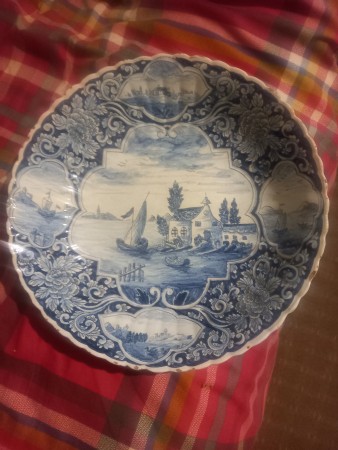
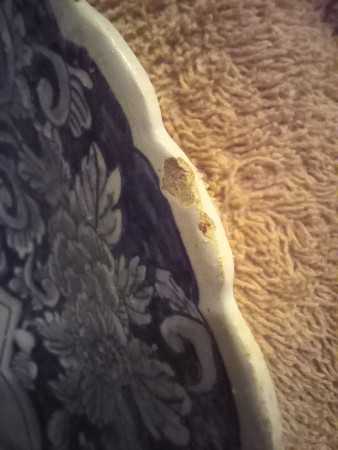
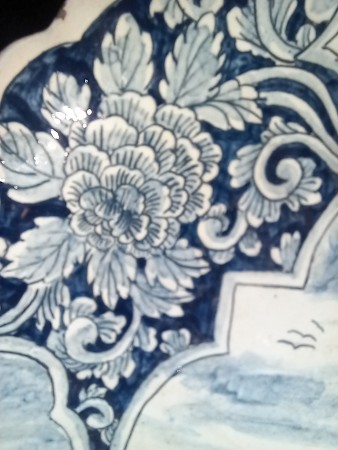
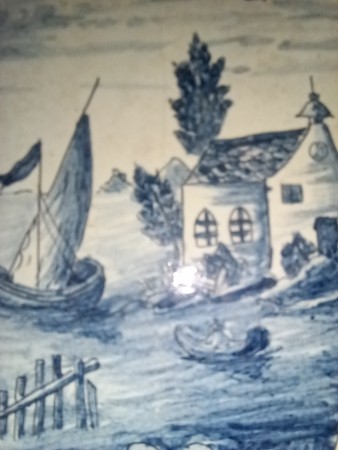
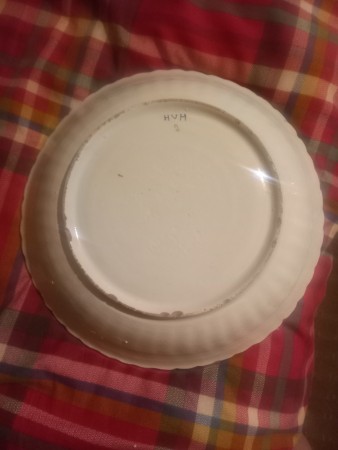
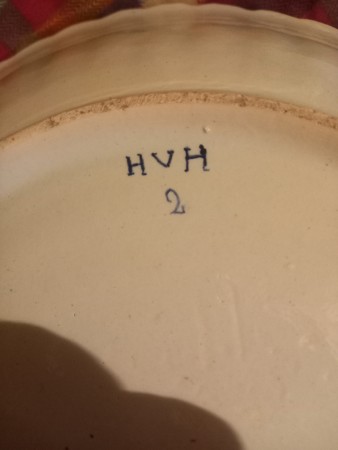
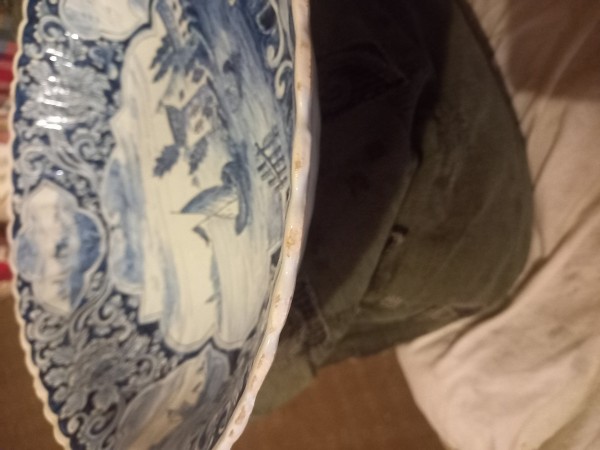
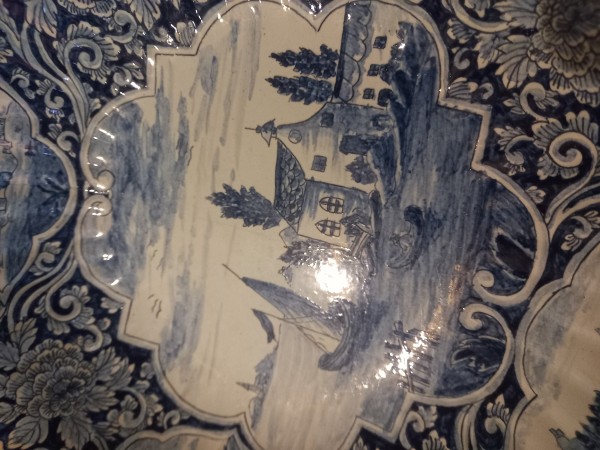









Reacties 6
This indeed resembles a Hendrik van Hoorn. He signed with HVH with a two underneath and sometimes H V Hoorn. From 1764 with 3 Astonne. However, there is a good chance that this is a later reproduction (for example, from the early to mid-20th century), when many decorative plates in the Delft style were reproduced again. The second 'H' seems somewhat awkwardly painted and the two does not match what is seen on the originals. The edge also raises doubts and the pastry tips are missing..
Possibly someone can confirm or clarify this.
regards Franky
In reply to This indeed resembles a… by FrankyStevelinck1019
Thank you for your input Franky, I certainly had my suspicions I like researching Delft, it is a very interesting subject take care, Gareth 👍
It is a copy. The painting, the colour blue, the mark are all not good.
Thank you I did wonder, I did carry quite a bit of research it is what I enjoy the most, I certainly had suspicions.
You have been most helpful it is still a nicely painted scene and the forgers certainly went out their way to get this thin earthenware looking exactly like earlier pieces.
And the clay is a really good colour also for the 1700s.
It's amazing what they can do, take care and thanks again 👍👍
You are welcome. The signature alone is a big giveaway. As you can tell, it has been set slow and not following a proper line. And what happened with the last H? A real delftware painter would paint a mark quickly and consistent.
Verdict:
Analysis:
Add new comment
Only logged in users can post comments
Log in or register to post comments